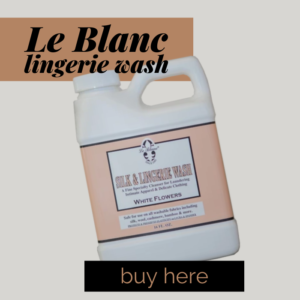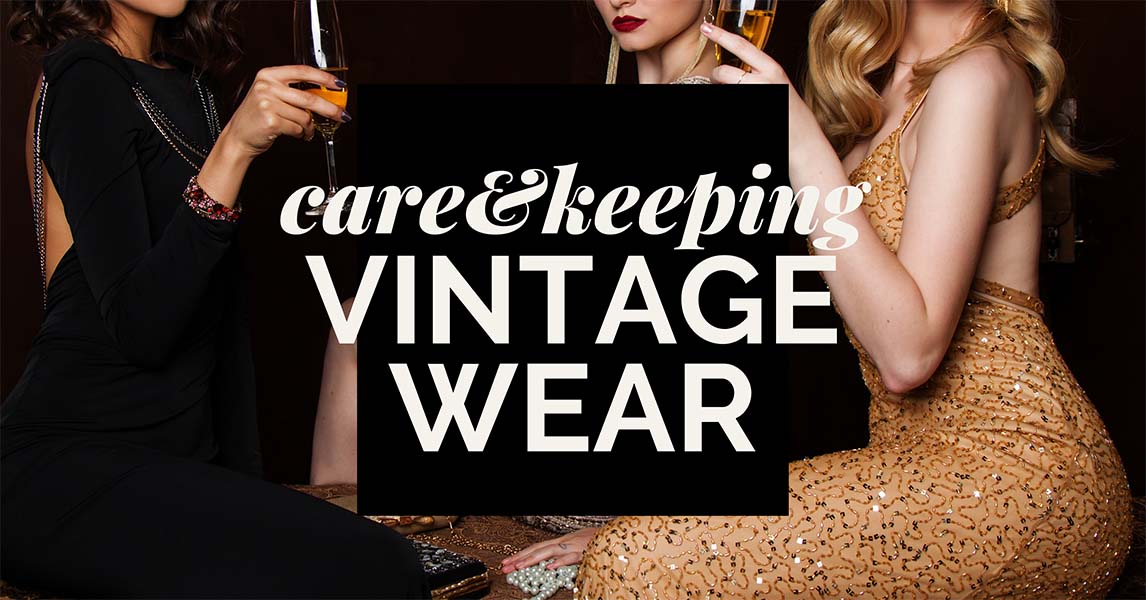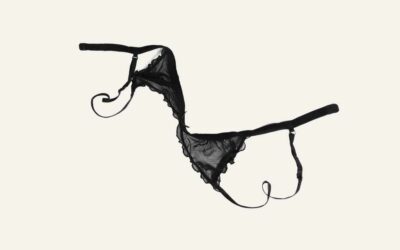 “But this? This is a real find. Just buy it- you don’t have to rationalize everything,” says Lisa Simpson, convincing her mother to buy the Pink Chanel Suit. Both Simpson’s fans and TikTok lovers recognize the line from the episode “Class Struggles in Springfield.”
“But this? This is a real find. Just buy it- you don’t have to rationalize everything,” says Lisa Simpson, convincing her mother to buy the Pink Chanel Suit. Both Simpson’s fans and TikTok lovers recognize the line from the episode “Class Struggles in Springfield.”
In the episode, Marge Simpson discovers the thrifting find of her dreams. And, after some persuasion from her daughter Lisa, Marge buys the $90 vintage suit.
The suit gains the attention of the elite- and Marge shifts to accommodate her new social standing. She finds herself reworking the suit, customizing and changing the fabric so she can repurpose it for escalating social events. But as she mistreats the vintage find (and her family) Marge is left with the ruined scraps of a once beautiful outfit.
There is something powerful about finding the perfect vintage piece. It’s so much more than just a new article of clothing- it’s a transformative experience. Lead Editor Meredith Gernigin’s power choice is a 1980s Valentino Skirt found via ThredUP, while Managing Editor Madeline Runyon loves to shop from Beebopbanana’s Online Store.
J’Adore Vintage Finds

Why do we love vintage? Maybe it’s the thrill of a good find, or knowing you’ve made a positive choice against fast fashion’s destructive labor and environmental practices. Maybe we just have an old world flair.
However, vintage clothing is delicate. Fabrics, in general, decompose much quicker than other materials due to sunlight and weathering. So while vintage clothing is generally better made than today’s new fashion, it’s had more time to age. The more time spent wearing an article of vintage clothing, the more it decomposes. Even laundry detergents and soaps can begin to break down the fabric over time.
As a museum-goer you may have noticed originals from before the eighteenth century are few and far between. We have very few extant garments from before 1700- and those that we do have are far too fragile for display.
With that in mind, we’ve curated the best advice from historical clothing professionals to help keep your vintage clothing looking beautiful for decades—or even centuries—to come.
Here’s what’s ahead:
- Preventive Care For Your Vintage Clothing
- How To Store Vintage Pieces
- Three Ways To Clean Vintage Pieces
- Get Smells Out of Vintage Clothing
- How To Remove Wrinkles
- Wear Vintage Clothing With Confidence
Ready? Let’s dive in.
Preventative Care Keeps Vintage Clothing Looking Great

You’ve hunted through Etsy, 1stDibs, TheRealReal, or your local curator and discovered a perfect piece in just the right size. It’s in great condition! Time to take it out and let it sparkle as bright as you!
But wait- remember that adage “An ounce of prevention is worth a pound of cure?” The same is true for your vintage clothing. The most important thing you can do for your vintage clothing is practice preventative care.
We have plenty of tips for when problems arise, but wouldn’t it be better to just avoid the trouble?
Here are five tips that can extend your favorite find’s life by years.
- Wash your hands before handling to avoid transferring oils, grease, makeup, or food.
- Keep metal zippers running smoothly by rubbing them with beeswax.
- Hem skirts and pants so that they don’t drag on the ground.
- After wearing, hang your clothing inside out to dissipate odor.
- Do not leave your clothing in direct sunlight.
Storing Your Favorite Seasonal Vintage Pieces
Even your most-loved vintage pieces spend more time in your closet than they do on your body.
Whether you’re hanging that 1980s Chanel suit jacket in your closet until your next zoom or storing away a wool sweater for the summer, here’s what you need to know.
How (and How NOT to) Hang Up Your Vintage Clothing
If you are going to hang any of your vintage clothing- get a padded hanger. Padded hangers are gentle on the stress-points of clothing (specifically shoulders) and prevent wrinkling.
Plastic hangers are a good second-option- but stay away from wood. As beautiful as cedar hangers look in your closet, older fabric blends can have reactions with the natural oils in the wood.
Margaret Wilds, author of Wear Vintage Now! has a helpful tip if you don’t have any padded hangers: “Padded hangers can be made over plastic hangers, using batting wrapped with plain cotton muslin.”
No matter what…avoid wire hangers! They’re a one-way ticket to stretching, tearing, and rust stains.
Thinking about using a garment bag for extra protection? Doug Greenberg, of New York-based luxury storage company Garde Robe, recommends cotton muslin garment bags. The plastic bags you get from dry cleaners and department stores trap moisture and can damage your clothing. The same is true for Vinyl-style garment bags you can get from the Container Store or Target.
When to Hold- and When To Fold
Not all vintage clothing should be hung up in your closet.
Knits, bias-cut dresses, and heavily beaded garments should always be laid flat and folded to avoid stretching. If you have a piece from the 1920s or earlier you definitely want to store it flat regardless of the fabric. The extra strain from gravity might be too much for your oldest, most delicate finds.
When folding vintage clothes, make sure to lay them as flat as possible to avoid creasing and unnecessary stress.
Historical dress specialist Abigail Cox of American Duchess recommends, “Find a way to lay it out so that we’re not going to crease it and that there’s no stress, or as little stress as possible, on the garment itself. That just means trying to open it up as much as possible.”
Folded vintage clothes can be stored in your dresser or plastic bins. Try to avoid wood and cardboard, as trace amounts of lignin (the polymer that makes plants rigid and makes paper become yellowed with age) can cause discoloration and brittleness.
Boxing Fragile Clothing for Storage
For a particularly valuable or delicate item, such as an Edwardian blouse, invest in a lignin-free archival box and acid-free tissue paper. These boxes slow the fabric’s decomposition rate and keep it safe from water and dust.
But don’t just throw it in! Have you ever seen archival wedding dress storage? Basically, you’re creating the same environment for your vintage piece.
First, layer the bottom of the box with acid-free tissue paper. Then, lay out your garment as flat as possible. Pad stress points and any folds or pleats with the tissue paper. If you are placing multiple pieces in one box, make sure that the heaviest piece is at the bottom.
Once you’ve laid out your garment, it’s time to tuck it in with more tissue paper. As Abigail Cox says, “Wrap this baby up like a burrito.”
A Quick Note on Bugs:
No matter how you store your vintage clothing- pests can undermine your best efforts.
Here’s the truth: If your grandmother swears that her cedar chest keeps the moths away…it probably has more to do with the enclosed space than the chest itself.
The best way to protect your vintage pieces from bugs is to keep your storage area clean and dry. Make a commitment to regularly vacuuming your closet, and only store your freshly cleaned clothing after it has fully dried.
Moths love sweat and body oils, so washing your vintage materials properly is very important for safe storage.
Not sure how? We can help…
Three Ways to Clean Fragile Vintage Clothing
Washing is a stressful experience for any fabric. And the older that fabric is? The more stressful the process becomes on the piece. Protective layering, airing, and spot cleaning can prolong the period between washes… but eventually, every piece needs good, thorough cleaning.
To start, make sure you know what type of fabric you’re dealing with. Why? Simple: Different fabrics require different techniques.
Machine Washing
If you have a relatively newer vintage item (post-1970s) with machine washing instructions, you can go ahead and follow the instructions (washing on the “gentle” or “handwash” cycle is always safest).
Personally, I separate vintage clothes- along with bras, new delicates, workwear, etc -in a separate basket so I make sure nothing accidently slips into a load of bath towels.
Here’s Three Tips to Successfully Machine Washing Vintage Wear:
 #1. Make sure that all zippers, buttons, and hooks are fastened before putting them in the machine to avoid tears and pulls.
#1. Make sure that all zippers, buttons, and hooks are fastened before putting them in the machine to avoid tears and pulls.
#2. Know your fabric. Cotton, polyester, nylon, and acetate are typically machine washable. Linen can also be machine washed,but we recommend soaking it in lukewarm water beforehand (to help keep the garment flexible) and press/steam it immediately after washing.
#3.Use gentle detergent and always air dry garments. Dryers are too rough and hot for vintage clothing!
Using a lingerie bag is a must if your garment has any sort of straps, lace, or delicate edges.
Handwashing
 Handwashing is perfect for delicate and heavily embroidered items, as well as silks and rayons (that are not crepes, knits, or raw). Unlined wool garments, such as knits and sweaters, are also safe to handwash.
Handwashing is perfect for delicate and heavily embroidered items, as well as silks and rayons (that are not crepes, knits, or raw). Unlined wool garments, such as knits and sweaters, are also safe to handwash.
RBH’s Guide to Handwashing Silks is a great way to handwash most fabrics- not just silk!
Pro Tip: Use Le Blanc’s lingerie wash for silk and delicate fabrics.
Even the gentlest at-home cleaning is too much for some fabrics. Feel like you’re out of your league? Here’s how to know when it’s time to call in a professional.
Professional Cleaners
Bringing your vintage pieces to a dry cleaner is a no brainer, right?
Well… not exactly.
Most dry cleaners use harsh chemicals that are dangerous for vintage clothing. That said, fabrics like leather, suede, velvet, lined wool, and crepe silk or rayon should only be handled by professional cleaners.
Do your research and see if your cleaner has experience with vintage clothing. You may also want to look for an eco-friendly cleaner who uses non-toxic cleaning agents. For fur, leather, and suede- seek out cleaners who specialize in these items.
No matter how you clean your vintage pieces, there might be some lingering issues…like smell. If deep cleaning wasn’t enough to rid your garment of odor, we have a few more suggestions.
What To Do When Your Vintage Clothes Smell

Let’s face it…older clothes have a certain funk sometimes.
We’ve mentioned the importance of airing out vintage clothing but sometimes odors won’t go away. If the garment’s previous owner was a heavy smoker or if it spent a long time in a thrift shop, the lingering odor can make the perfect find an absolute “no”.
Doug Greenberg has the solution: “Should you need to deodorize a piece of clothing, fill a spray bottle with 90% water and 10% distilled white vinegar. Mist the solution all over the garment and air it out.”
The staff at Bloomers and Frocks, an Austin-based vintage boutique, recommends misting pieces with vodka, which deodorizes and also disinfects.
Have a Treasured Piece with Wrinkles? Here’s What To Do:
 Wrinkles are more than just an issue of looks when it comes to older pieces.
Wrinkles are more than just an issue of looks when it comes to older pieces.
For vintage clothing, wrinkles can become permanent or transform into rips. So what is the best method for wrinkle removal?
Irons- even on the lowest setting- put out a high level of heat. They will damage silk, velvet, suede, and beaded fabrics, and older, more fragile fabrics. Cottons and linen do fine with irons in a pinch. But for the best results? You need a steamer.
Steamers are your best friend. Steamers are gentle. They relax the fabric rather than pressing- and have no direct contact.
You don’t need anything too fancy. A simple handheld steamer will get the job done. We use a Conair steamer on on-site photoshoots- it’s convenient and easy to carry.
Doug Greenberg also recommends distilled water for the smoothest finish.
If you must use an iron, Doug says, “Try putting muslin between the steamer and the garment to lessen the impact.”
Removing Stains- What To Do When You Spill Wine On Your Favorite Bloomers

The best response is a fast response.
As soon as you stain a vintage garment, act quickly. The longer a stain stays on the fabric the more difficult it will be to get rid of! Avoid exposing a stain to heat, as it will set the stain.
For general stain removal, gently remove any residue that you can from the top of the fabric with a butter knife and blot it dry with a cloth. Doug Greenberg recommends using stain removal bars after blotting to avoid a full wash.
If the stain has not lifted, soak the garment in cold water for thirty minutes. Then, add a prewash stain remover for another fifteen minutes and handwash.
Makeup and protein stains—such as blood, eggs, and sweat—can be removed by handwashing in cold water with enzymes, like hydrogen peroxide, an enzyme-enriched detergent, or pre-treatments.
Oil and grease stains lift easily with dishwashing liquid and warm water.
For stains from wine, tea, or coffee, use a combination of the two methods: gently wash with equal parts hydrogen peroxide and dishwashing liquid.
If you’re still stuck, Margaret Wilds recommends oxygen bleach and lukewarm water: “Allow the garment to soak for at least four hours, or overnight. I have left stains to soak for as many as four days (changing out the oxygen bleach and water every half day or so), seeing that the stains were improving slowly with time.”
Wear Your Vintage Scores With Confidence

Choosing to add vintage clothing to your style adds variety and exclusivity to your wardrobe. Even better? Vintage pieces, when cared for, last decades longer than their fast-fashion substitutes.
With these basic care tips you can make the most of your vintage pieces.
Whether you style 100% period-specific outfits or incorporate small pieces in for the finishing touch, confidence is always the best accessory in your closet.
Have another great tip? Email us at hello@refinedbyhistory.com – we’d love to hear it!
Until next time,
Noa Levitt




